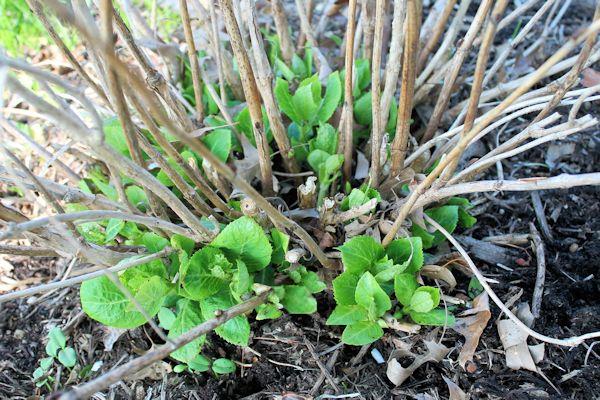One of my favorite plants is a flowering shrub known as Hydrangea. These beautiful perennial bushes come with huge flower heads and around here are often nicknamed snowballs. These deciduous bushes are native to North and South America, Himalayas and Central and Eastern Asia. I recall the beauty of Hydrangea in a bush like fashion many times used like a sectional border fashion
These beautiful bushes come in the colors of white, pink, blue, lilac, purple and other shades within these colors. Some even may have what appears to be two tones. The flower heads of Hydrangea are composed of made up of two types of florets. There are the ray florets that form the large, colorful sepals on the outside of the flower head. The fertile florets have both sex parts and are found in the center of the cluster.
Hydrangea bushes have attractive foliage during spring thru fall. The plants can grow between 3 and 10 feet tall. There are some varieties of hydrangea that can grow up to 25 feet tall. Most varieties desire full sun to partial shade.
As the weather turns cold the leaves of the plant will fall and the leafless bush become less attractive clump of stalks and stems that are normally cut down until the following spring
As the weather turns cold the leaves of the plant will fall and the leafless bush become less attractive clump of stalks and stems that are normally cut down until the following spring
Hydrangeas are grown from cutting starts. Starts are available to cut between april and august. A new growth should be cut about 6" to 8" from the end of non-flowering stems. The cutting should have two to three pairs of leaves. The bottom leaves should be removed when the plant is planted in sandy soil in a shady location. Cover the cutting with a glass jar or clear plastic til the roots form.
shared at
a little bird told me
a little bird told me



No comments:
Post a Comment
I love comments so if you have a minute leave me your thoughts on the above post